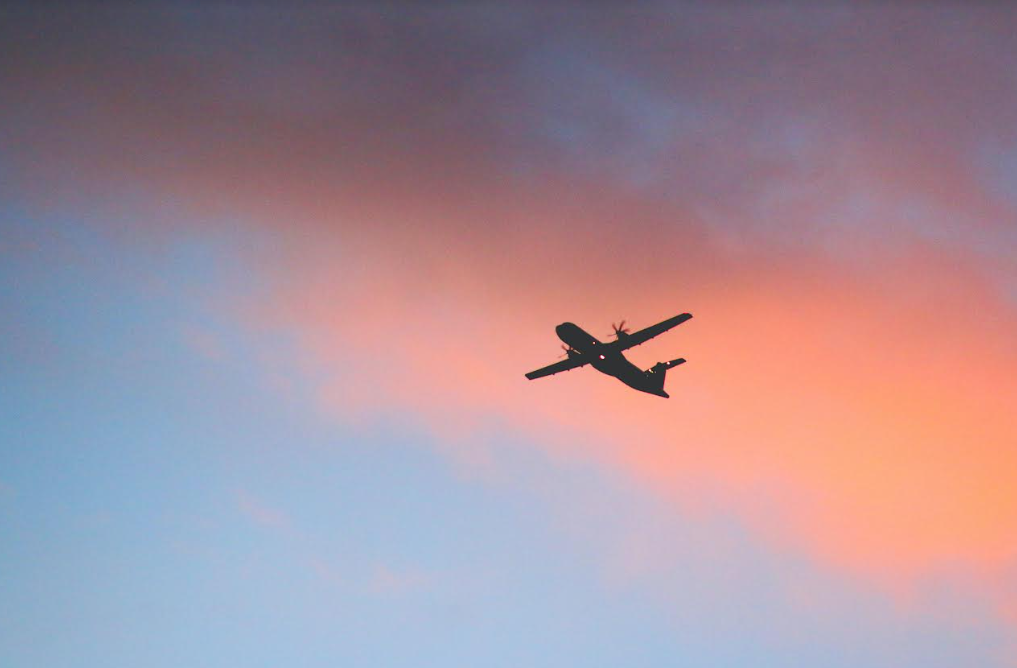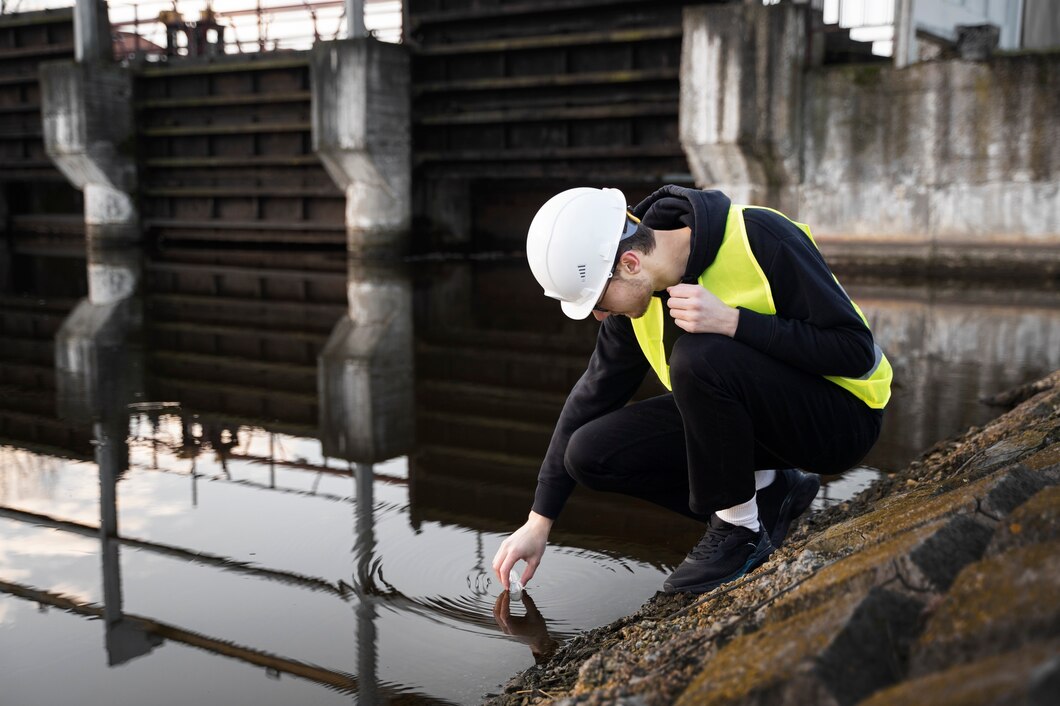Technology has played a critical part in the development of the aviation sector throughout the years, which has resulted in the world of aviation witnessing amazing alterations. This piece will look into the interesting history of aircraft technology and highlight six astounding ways in which it has grown and revolutionized air travel over the past century.
Propulsion By Jets
These mighty turbines made it possible for aircraft to achieve speeds and altitudes that had not been thought possible before, which improved the speed and efficiency of air travel. The development of jet propulsion in the middle of the 20th century completely changed how aircraft were powered. Traditional piston engines were phased out and replaced with jet engines, which operate based on the concept of jet propulsion. Jet engines generate forward force by ejecting high-velocity exhaust gases from their combustion chambers. This allows jet-powered aircraft to move forward. The development of this technology made it possible for aircraft to travel at supersonic speeds and breach the sound barrier.
Materials Made Of Composites
The utilization of composite materials in airplane building was made possible as a result of advancements in materials science. Not only has the utilization of these materials led to an increase in fuel efficiency, but they have also contributed to an increase in both safety and durability.
When it comes to the construction of aircraft structures, the aviation industry has embraced the use of composite materials such as carbon fiber-reinforced composites and titanium alloys. When compared to conventional aluminum, these materials offer superior strength-to-weight ratios, which ultimately results in lighter aircraft. Lighter airplanes use less fuel, which in turn lowers both operational costs and their impact on the environment. In addition, composites have a higher resistance to corrosion, which helps to improve aircraft safety while also prolonging their lifespan.
The Field Of Automation And Avionics
Avionics and automation technology have advanced to the point where modern airplanes are equipped with sophisticated versions of both. These systems have brought about a revolution in navigation, communication, and flight control, which has improved the safety and accuracy of air travel.
Avionics, which is a combination of aviation and electronics, refers to a vast variety of different systems and pieces of gear. Avionics improve both situational awareness within aircraft as well as communication between aircraft and air traffic control. Avionics can range from advanced GPS navigation to digital communication systems. The use of automation technology, like as autopilots and flight management systems, helps to ensure accurate flight routes and reduces the likelihood of errors caused by pilot mistakes.
Aerodynamics And The Construction Of Wings
The design of aircraft has experienced considerable transformations throughout its history, with an increased emphasis placed on aerodynamics and the effectiveness of wing structures. Streamlined designs and winglets, in particular, have been very helpful in decreasing drag, which has led to increased fuel efficiency and a reduced impact on the environment.
They work to reduce the amount of air resistance created by the shape of the aircraft, particularly the wings. Winglets, which are short vertical extensions located at the wingtips, play an important part in the reduction of vortices and drag, which leads to an overall improvement in an aircraft’s ability to use fuel efficiently. These technologies not only help airlines save money, but they also contribute to the aviation industry’s movement towards a future that is friendlier to the environment and more sustainable.
Maintenance & Support
It takes specialized equipment, like aviation tripod jacks, to ensure that the operation and maintenance of aircraft are carried out without a hitch. In the aviation business, where efficiency and safety are of the utmost importance, these critical tools provide a range of benefits that are necessary to the industry. Tripod jacks for aircraft bear the weight of the aircraft, which improves safety, simplifies maintenance jobs, provides access, offers versatility, and guarantees stability on a variety of terrains. These benefits not only contribute to aircraft maintenance that is safer and more efficient but also result in cost savings and increased operational performance. It is impossible to emphasize how important Tronair 02-7856C0100 is for the maintenance and safety of aircraft in the aviation sector.
Efficiency Of Fuel Use And Environmental Impact
There have been significant strides made in enhancing fuel efficiency and minimizing the negative effects of the aviation sector on the surrounding environment. These developments include the manufacturing of biofuels that are less harmful to the environment and the adoption of engines that are more fuel efficient; all of these are aimed at minimizing the carbon footprint that is caused by air travel.
Biofuels are currently being used to power aircraft; these fuels are generated from renewable sources such as algae and waste oils; as a result, aircraft are producing fewer greenhouse gas emissions, which has a good effect on the environment. In addition, makers of aircraft are building engines with greater bypass ratios and improved combustion efficiency, both of which contribute further to the reduction of emissions.
Conclusion
Innovation has been the primary force behind the progression of aircraft technology during its journey, which has contributed significantly to the expansion of the aviation sector. The six ways in which aircraft technology has advanced over the years have not only made air travel more cost-effective, but they have also made it safer and less harmful to the environment. Aviation is about to enter a new era, beginning with the momentous flight of the Wright brothers and continuing into the bright future of electric propulsion and autonomous flight. As a result, there is every reason to believe that the sky is not the limit, given the current circumstances.






